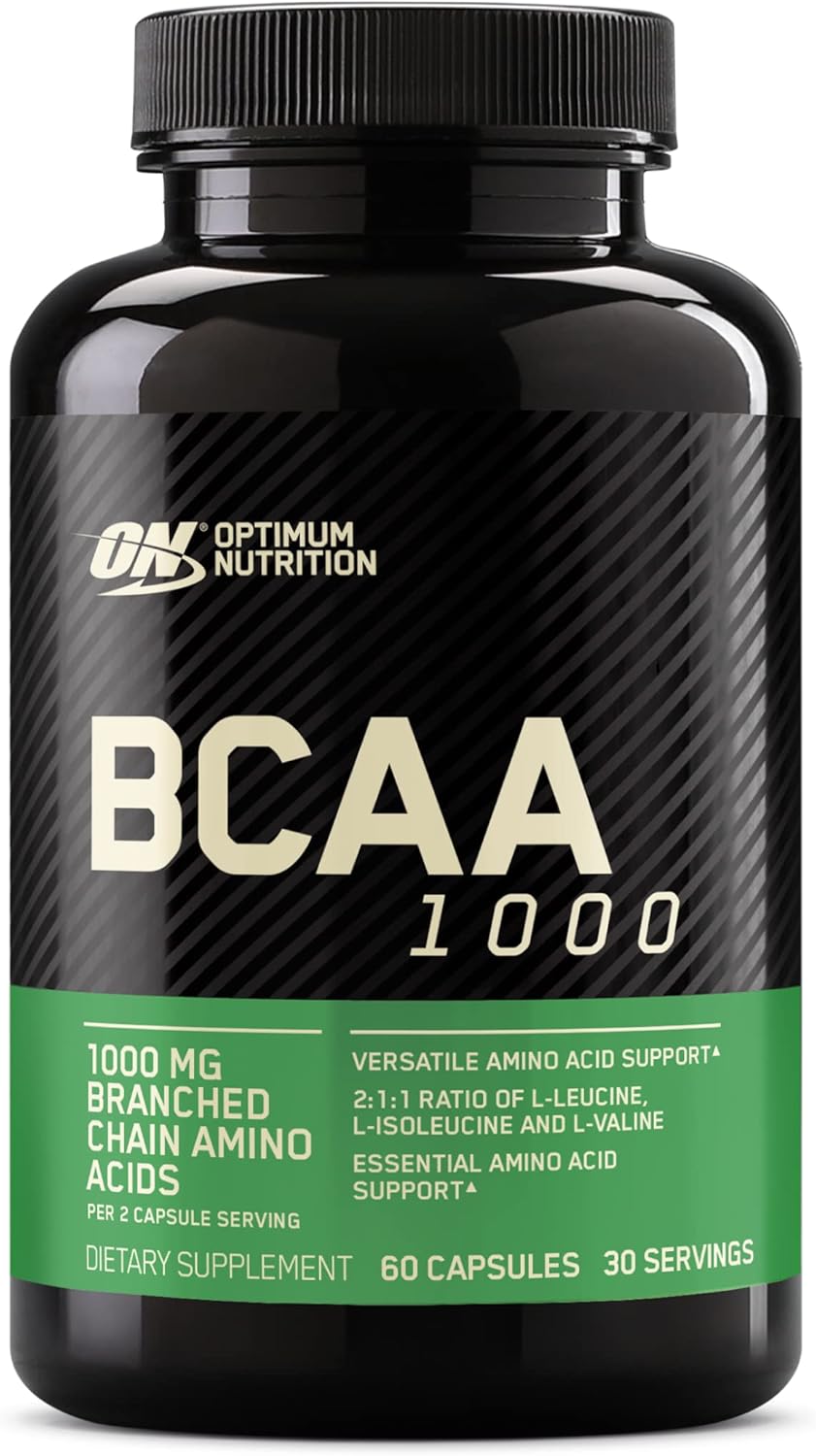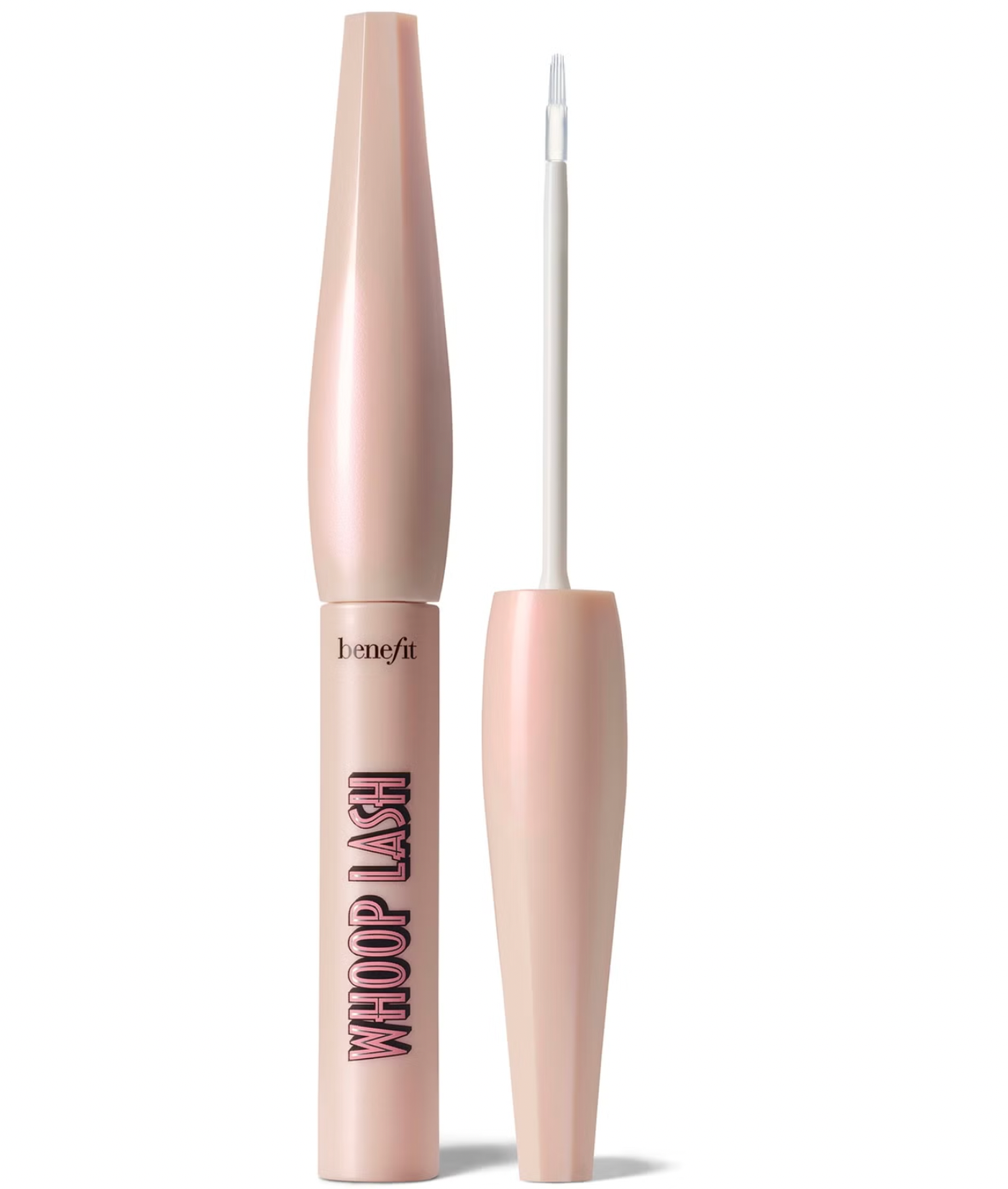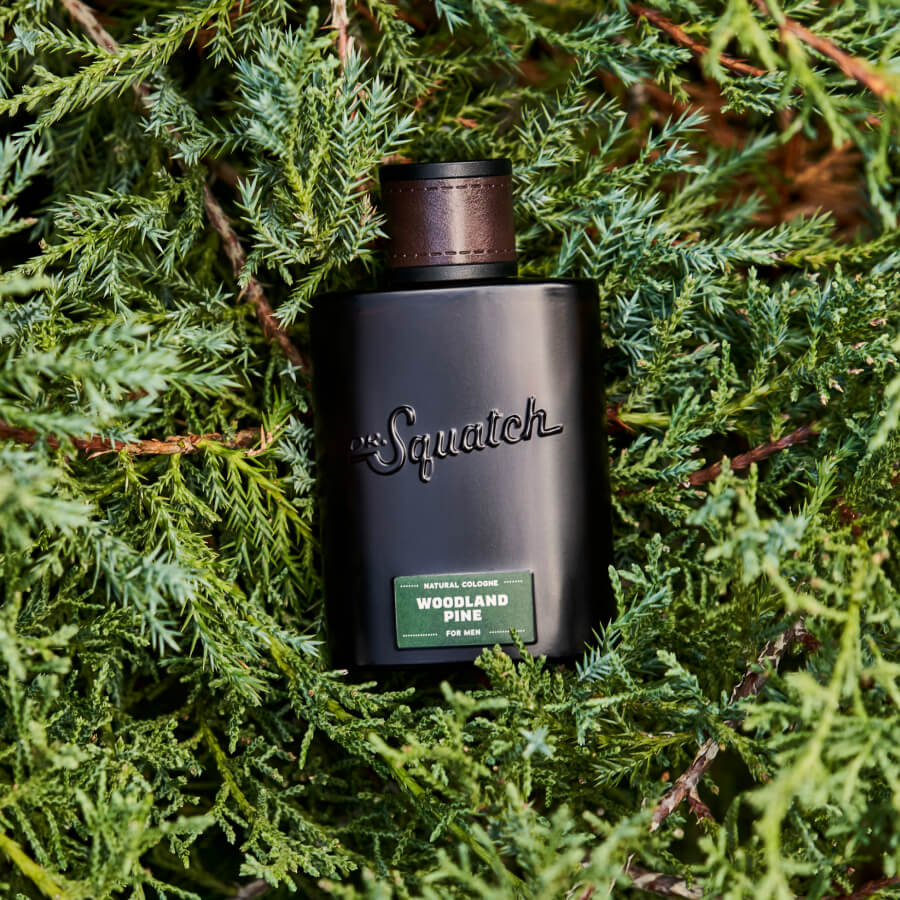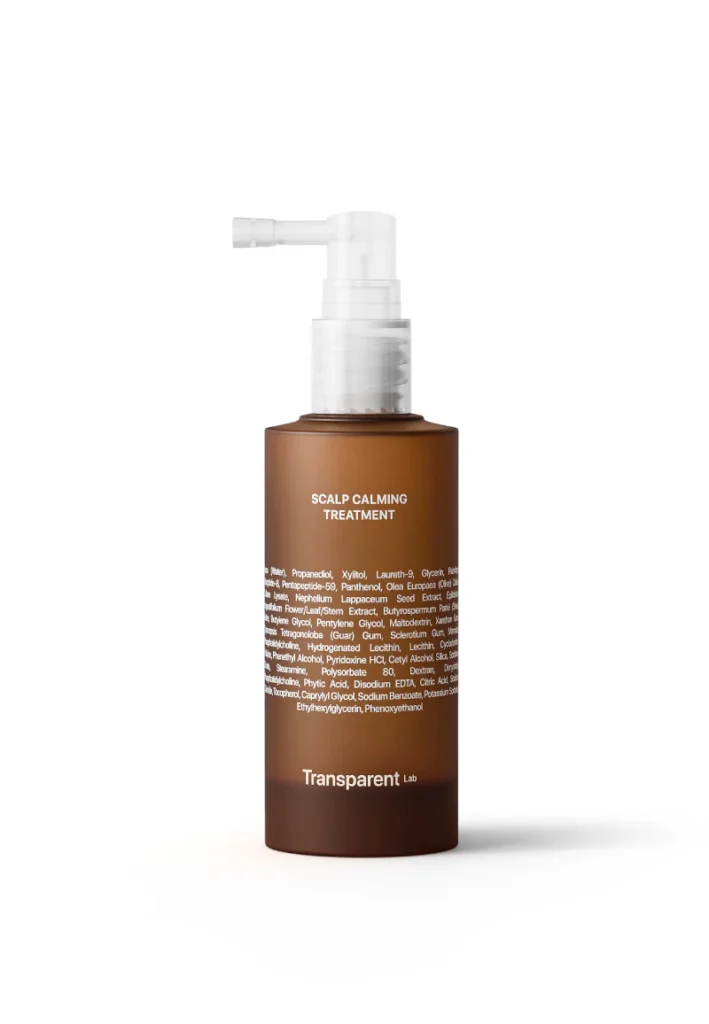Whether you’re a professional athlete or someone who enjoys regular workouts, muscle recovery is crucial for maintaining performance, preventing injuries, and improving overall fitness. While there are various ways to aid muscle recovery, foam rolling has become one of the most popular and effective methods. Foam rollers are simple yet powerful tools that help with muscle soreness, stiffness, and flexibility. This article delves into why foam rollers should be an essential part of your fitness recovery routine.
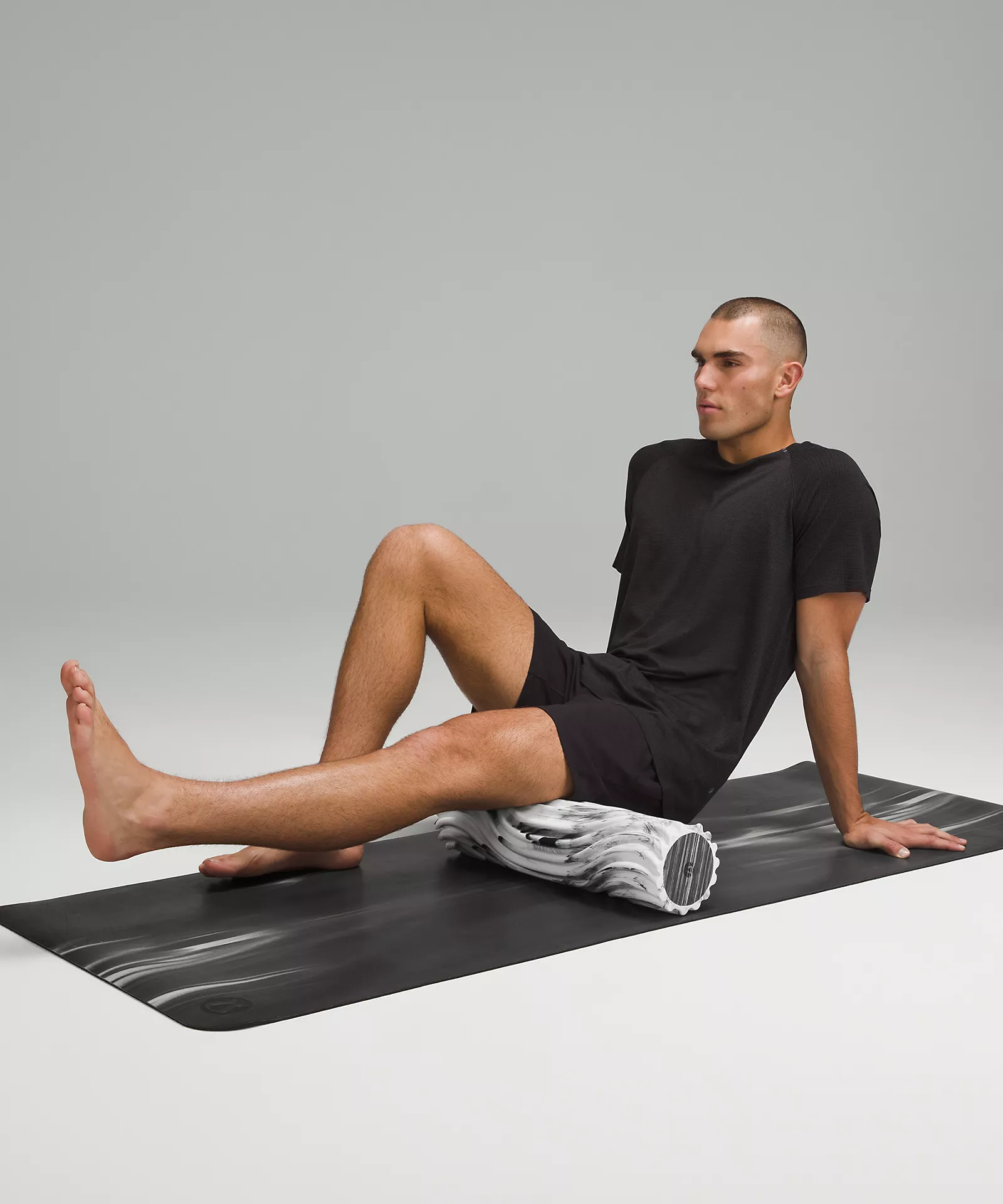
Understanding Muscle Recovery
Muscle recovery refers to the process your body goes through to repair muscle fibers that are broken down during physical activity. Recovery is vital not just for rest, but for progress in your fitness journey. Proper recovery helps improve performance, reduce soreness, and prevent injury. While rest, hydration, and nutrition are essential, one tool that has gained immense popularity in recent years is the foam roller.
What Is a Foam Roller?
A foam roller is a cylindrical tool made of foam used for self-myofascial release (SMR). SMR is a technique that targets trigger points (muscle knots) and tightness in the muscles and fascia (the connective tissue surrounding muscles). By applying pressure to specific areas of the body, foam rolling helps to relieve muscle tension, increase blood flow, and improve flexibility.
Foam rollers come in various sizes, densities, and textures, making it easy for users to find one that fits their needs. Some rollers are smooth, while others have raised patterns to provide deeper tissue penetration. The primary goal is to relieve tightness and promote relaxation in the muscles.

How Foam Rolling Benefits Muscle Recovery
Foam rolling is not just a fad; it is an effective and scientifically-backed technique that helps athletes and fitness enthusiasts recover faster and train harder. Here are some of the key benefits of foam rolling:
1. Reduces Muscle Soreness
One of the most immediate benefits of foam rolling is the reduction of muscle soreness, especially after intense workouts. Known as delayed onset muscle soreness (DOMS), the muscle pain that typically occurs 12 to 48 hours after exercise can be alleviated with foam rolling. By rolling over tight muscles, you help break down the adhesions and muscle knots that contribute to discomfort. Regular use of a foam roller helps decrease inflammation and improves circulation, both of which are critical to reducing soreness.
2. Increases Blood Flow and Circulation
Foam rolling improves circulation by increasing blood flow to your muscles and tissues. When you apply pressure to a muscle group, it temporarily compresses the tissue, and when the pressure is released, blood rushes back into the area. This enhanced circulation helps deliver essential nutrients and oxygen to the muscles, aiding in the repair and recovery process. Improved blood flow also helps flush out metabolic waste products, such as lactic acid, which can contribute to muscle fatigue and soreness.
3. Enhances Flexibility and Range of Motion
Another significant benefit of foam rolling is its ability to enhance flexibility and increase the range of motion in your joints. Tight muscles can limit your ability to move freely and perform exercises with proper form, potentially leading to injury. Foam rolling works by releasing tightness and increasing muscle elasticity, allowing for better mobility and improved performance during workouts.
For example, foam rolling the quadriceps and hamstrings before a workout can help increase the flexibility of the hip flexors and knees, leading to better squatting and lunging mechanics. Regular foam rolling also helps improve posture by loosening tight back and shoulder muscles.

4. Speeds Up Recovery Time
If you’re pushing your body to its limits with frequent workouts, you may find yourself struggling with muscle fatigue and recovery. Foam rolling helps speed up recovery by promoting muscle repair. By increasing blood circulation and oxygen delivery to muscle tissue, foam rolling allows for quicker muscle rebuilding and a reduction in post-workout stiffness. This means less downtime between workouts and more consistent training sessions.
5. Prevents Injuries
Foam rolling helps keep your muscles and fascia healthy, which can reduce the risk of injury. By addressing areas of muscle tightness and imbalance, foam rolling helps prevent overuse injuries that can occur from repetitive movements. In addition, foam rolling aids in muscle relaxation, which can improve posture and muscle alignment, reducing strain on your joints and ligaments.
Tight muscles are more prone to strain and injury, so using a foam roller regularly can help maintain the muscle length and elasticity required for optimal performance. Athletes who use foam rollers are less likely to experience muscle tears or joint sprains as they keep their muscles in optimal condition.
6. Relieves Stress and Promotes Relaxation
Muscle tightness often contributes to overall body stress and discomfort. Foam rolling, as a form of self-massage, can be incredibly relaxing. It helps release tension, especially in areas like the neck, back, and shoulders, where stress commonly accumulates. By relieving muscle tightness, foam rolling helps promote relaxation and reduces feelings of stress and anxiety.
Incorporating foam rolling into your post-workout routine can be a great way to wind down, improve mental well-being, and relax your muscles after intense physical exertion.

How to Use a Foam Roller for Effective Muscle Recovery
While foam rolling is beneficial, it’s important to use proper techniques to get the most out of the experience. Here’s a guide on how to foam roll effectively:
1. Start Slowly and Gradually Increase Pressure
When you’re new to foam rolling, start with a smooth, softer foam roller. Begin by applying light pressure to your muscles and gradually increase it as your body gets accustomed to the technique. Don’t rush; spend 30 to 60 seconds on each muscle group, focusing on areas of tension or soreness.
2. Focus on Problem Areas
Pay special attention to any tight or sore spots in your body. If you come across a “trigger point” (a particularly tense area), pause and apply pressure for 20 to 30 seconds. You can also make small, circular motions to work the knot out. It’s important to avoid rolling directly on bones or joints, as this can cause discomfort or injury.
3. Use Foam Rolling Before and After Workouts
Foam rolling can be beneficial both before and after a workout. Use foam rolling before a workout as part of your warm-up to loosen up muscles and improve mobility. Post-workout foam rolling helps reduce soreness and speed up recovery. Be sure to hydrate well before and after foam rolling to assist with muscle recovery.
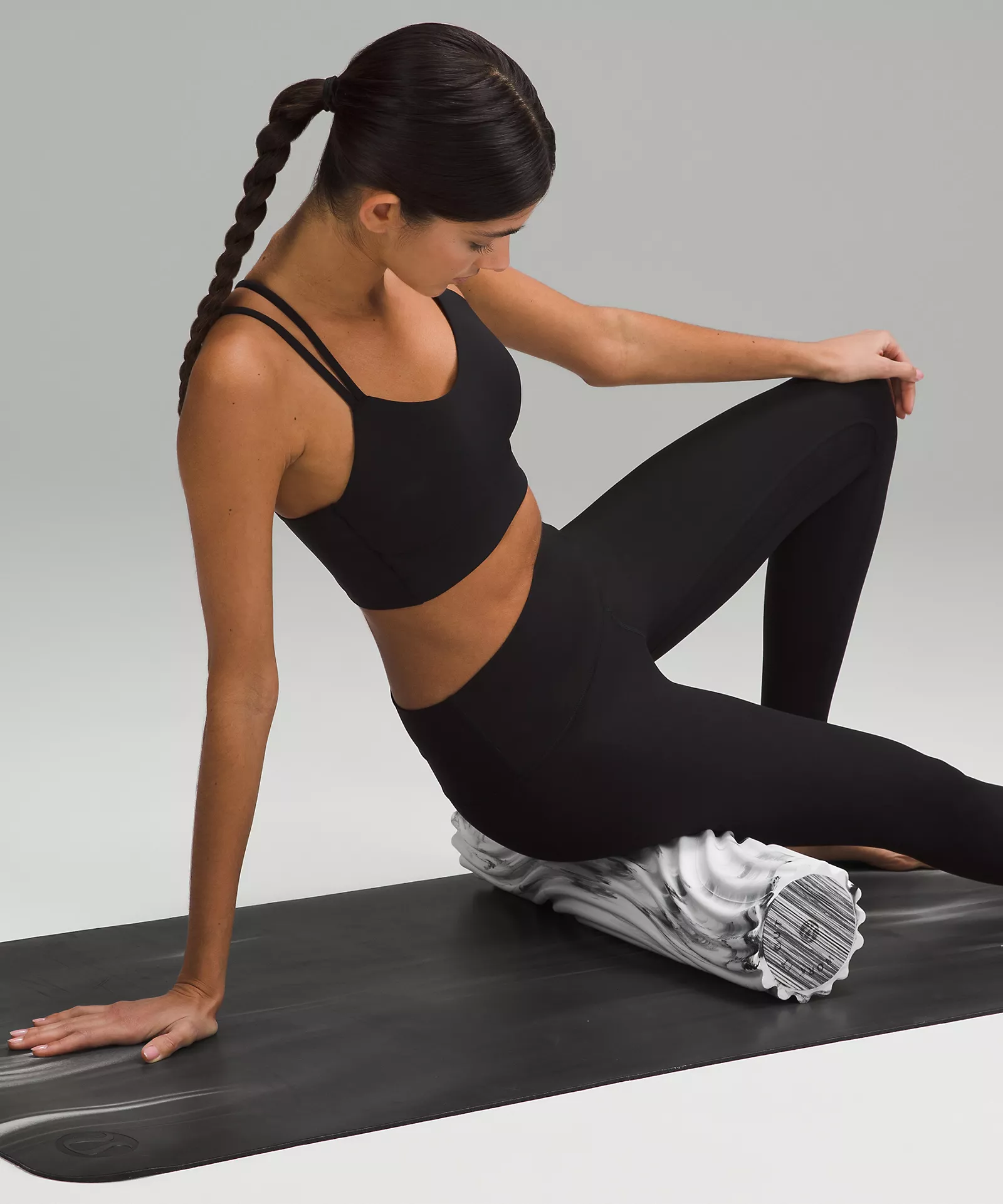
Common Mistakes to Avoid When Using a Foam Roller
While foam rolling is generally safe, some common mistakes can hinder your results or even cause harm:
1. Rolling Too Fast or With Too Much Pressure
Foam rolling should be done slowly and methodically. Rolling too fast or applying too much pressure can cause muscle irritation or bruising. Focus on the muscle group you’re targeting and maintain a slow, controlled motion.
2. Skipping Problem Areas
It can be tempting to avoid areas that are especially sore or tight, but these are the areas that benefit the most from foam rolling. Make sure to spend adequate time on trouble spots, and don’t rush through the session.
3. Not Using Proper Form
Proper form is essential when foam rolling. Be mindful of your posture, especially when rolling your back. Keep your core engaged to avoid excessive strain on your spine. Roll in a steady motion, making sure not to overexert yourself.
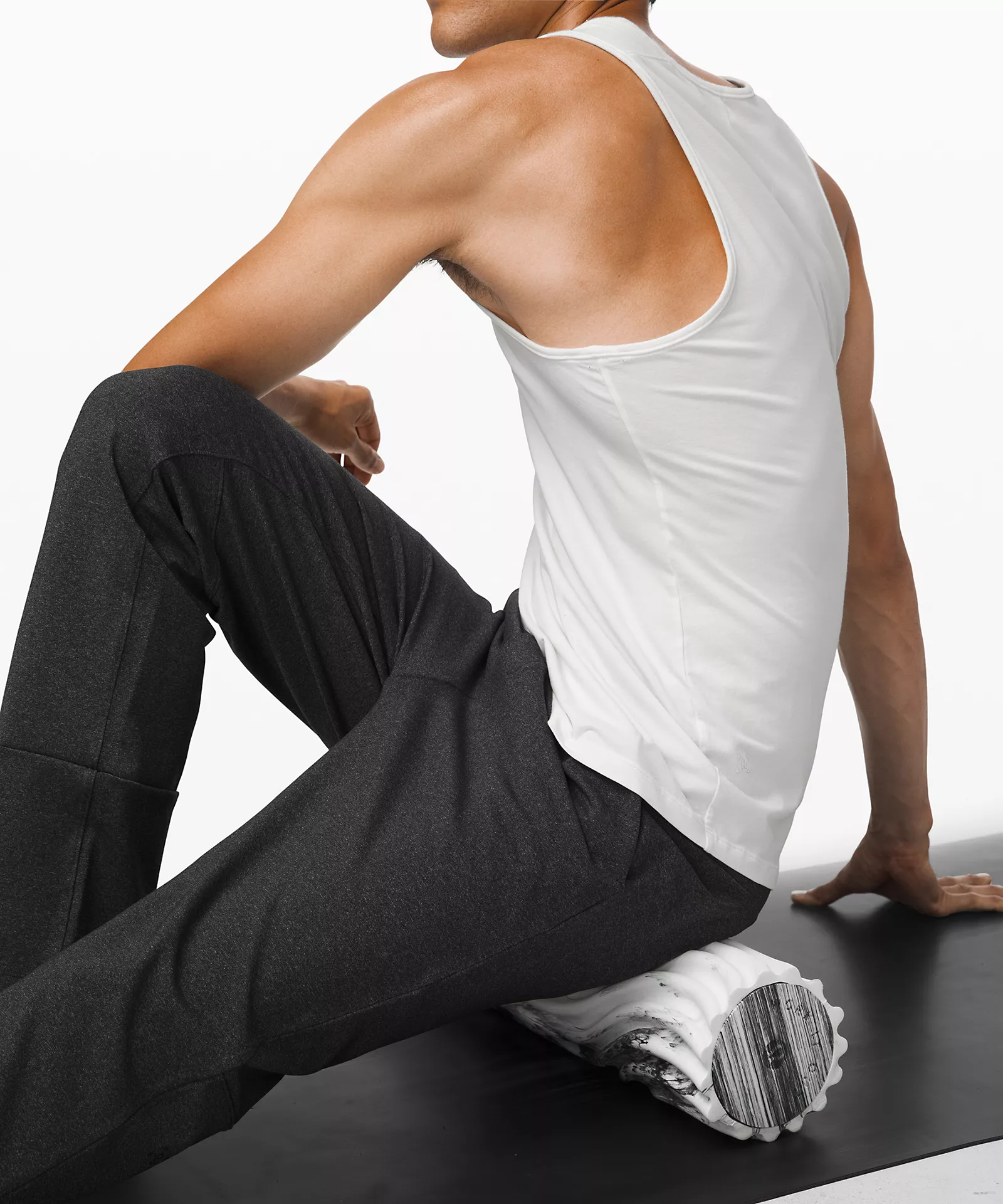
Conclusion
Incorporating foam rolling into your fitness recovery routine can make a significant difference in your muscle recovery, flexibility, and overall performance. With its ability to reduce soreness, enhance blood circulation, improve flexibility, and prevent injury, foam rolling is a valuable tool for any athlete or fitness enthusiast. By practicing proper foam rolling techniques, you can speed up recovery, improve your training results, and enjoy a more relaxed, stress-free body.

FAQ
- How often should I use a foam roller?
Foam rolling can be done daily, especially if you’re experiencing muscle soreness or tightness. Many athletes and fitness enthusiasts incorporate it into their daily routines to maintain flexibility and prevent injuries. - Can foam rolling help with back pain?
Yes, foam rolling can help alleviate back pain by releasing tension in the muscles and fascia surrounding the spine. However, it’s important to use proper techniques and avoid rolling directly on the spine. - Is foam rolling safe for beginners?
Absolutely! Foam rolling is safe for beginners, but it’s important to start slow and use a softer roller. Focus on learning proper technique to avoid injury. - Can foam rolling replace stretching?
Foam rolling and stretching serve different purposes. While foam rolling targets muscle tightness and fascia, stretching is more effective for improving muscle length and flexibility. Both are important for overall muscle health. - How long should each foam rolling session last?
Each muscle group should be foam rolled for 30 to 60 seconds. You can spend more time on particularly tight areas, but avoid overdoing it.





